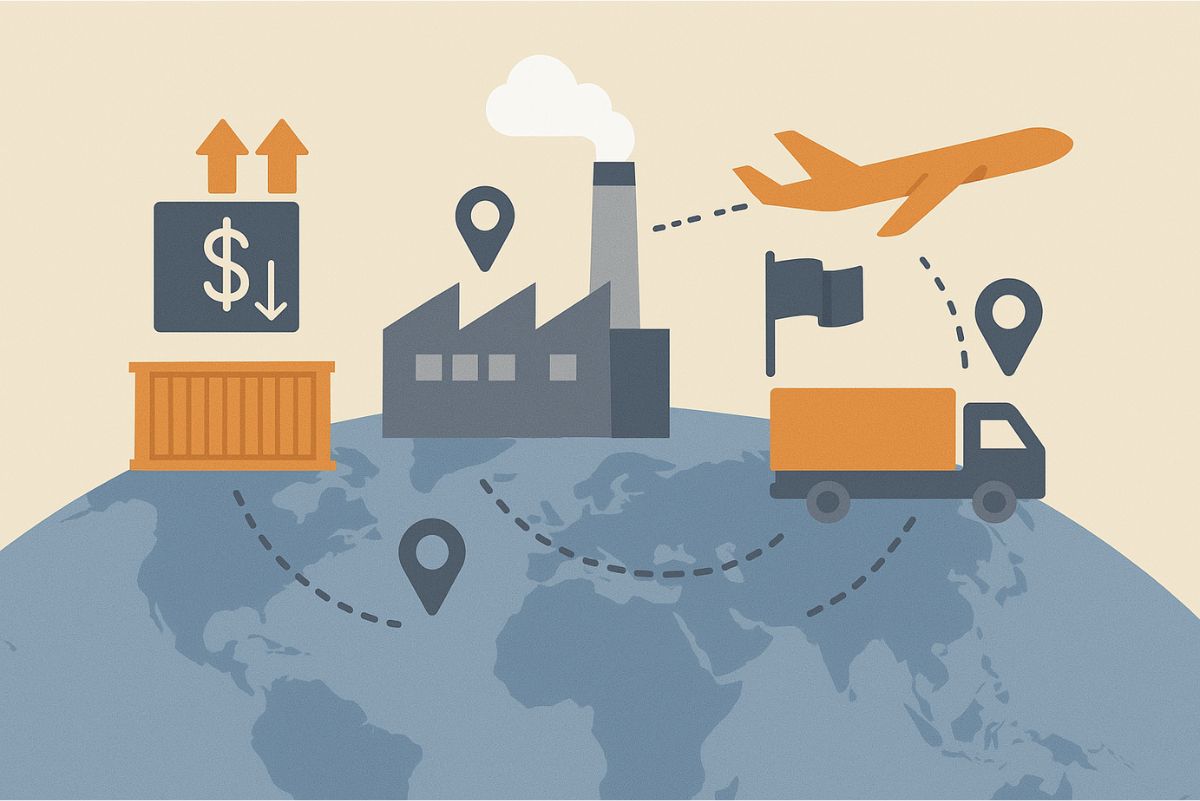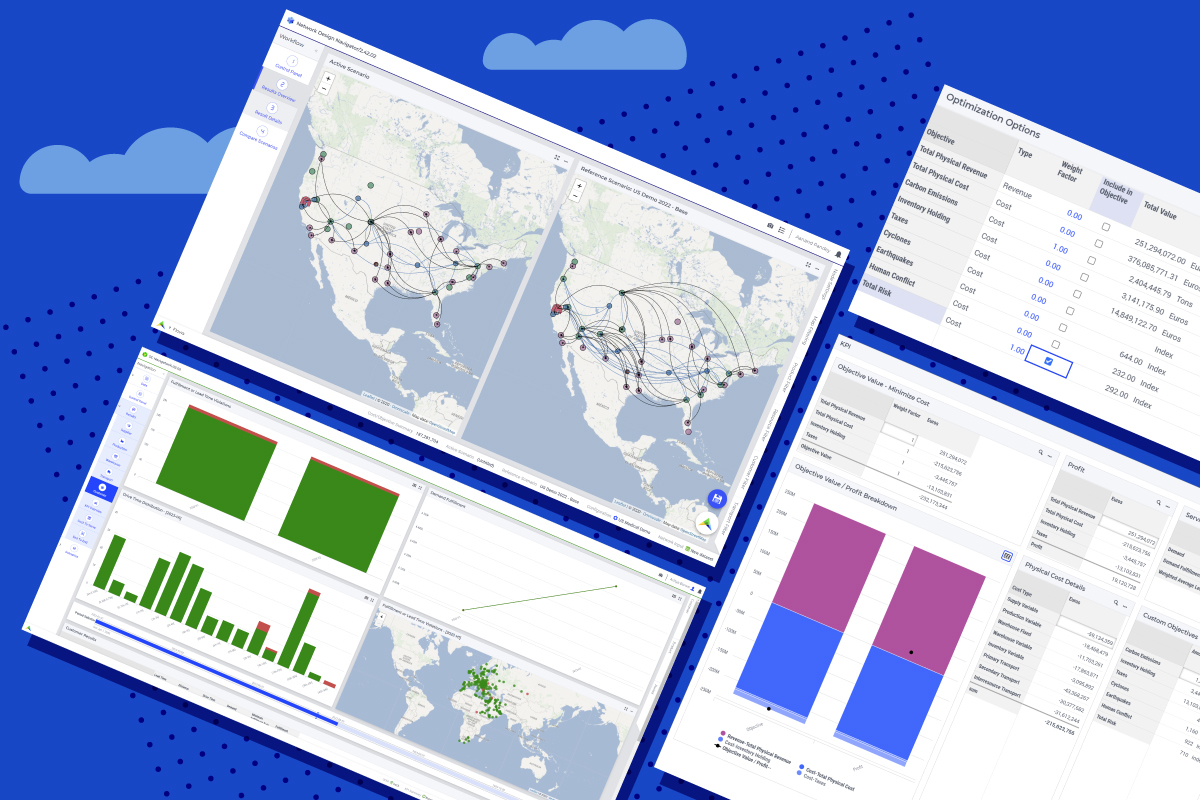Data Tips for Supply Chain Network Design Part II: Data Collection
Collecting data for supply chain network design might seem like a daunting task. In part I of this series, we shared best practices for preparing your data before you import it, based on your model requirements. In this blog, you’ll find suggestions on where to find the data you need.
1. Find your base case data for supply chain network design
As a best practice, you should start with a base case dataset to populate your initial model. This data is typically obtained from an ERP system with the help of your IT department. Select a representative period (typically one year of history) without any major deviations from the norm. Use these guidelines:
- The data should allow you to aggregate flows summarized by location, to location, mode of transport, and product group – depending on what you will use in your model.
- Try to obtain flows for primary, secondary, and inter-resource transport.
- Try to obtain a dataset at a lower level of detail that you can aggregate upwards, rather than pre-aggregated data. This will allow you to re-visit your data aggregation assumptions if necessary. You can always aggregate upwards from a detailed dataset, but aggregating downwards will usually require a different dataset.
2. Find geographic data
Your model will need geocodes (latitude and longitude) for each node, including demand points, DC locations, supplier locations, etc. This data may be held as master data in your ERP or routing and scheduling system. If not, you should obtain address data (country/state/city/zip code/street address). If you’re using AIMMS Network Design, you can use the integrated geo-coder in Data Navigator to generate geo-codes from address data.
3. Determine capacity constraints
Capacity constraint data is not readily available in transactional or ERP systems. Typically, this information will have to be supplied by:
- Your production department (production constraints)
- Warehouse manager (DC constraints)
- Logistics department (logistics constraints)
Consider using actual volumes from the base case data as a “proxy” for constraints, rather than nameplate numbers, if these numbers are difficult to come by.
4. Obtain demand forecasts
Your base case data reflects what happened last year, but in network design, you should take a forward view to design for the future and not the past. So, you should run some scenarios with demand adjusted for the anticipated future. The horizon will depend on what you are trying to achieve:
- You may look forward a few months to model short-term risk scenarios
- 2-5 years for DC capacity questions
- 10 to 20 years for heavy industry with major CAPEX investments
This data is typically sourced from the business or from long-term planning initiatives and is not typically held in the ERP.
5. Identify cost data for supply chain network design
Your model will require cost estimates at the appropriate level for network design. This data is typically sourced from your finance department. You should ask them to help you compile sensible cost numbers for:
- Supply and production costs
- DC fixed and variable costs
- Transport costs (primary, inter-resource, and secondary)
Besides finance, logistics managers could also be another source of information. Often, they have cost numbers at hand that can be used for validation against the numbers coming from finance.
Transport costs can be particularly difficult to define, as they can be very detailed and complex. You’ll need to aggregate and simplify them for network design purposes. Transport costs can be obtained in a creative way from a mix of the following sources:
- The finance department
- Logistics managers
- Your routing and scheduling tool
- Your 3PL provider
- External data sources like SMC3
- A secondary costing application
We hope the tips above are helpful to streamline data collection for supply chain network design.
We’d love to hear from you if there’s anything we may have missed. Leave a comment below if you have any questions, or download our guide for more tips and tricks.







Let’s discuss a partnership. I am with Gravy Analytics.